A story to tell // Striated woodlouse on Plumbago auriculata
Hello dear friends, this publication is a debt I had pending with a friend known by many of you and I recognize that perhaps she does not even remember because it has been a long time. I am talking about @sirenahippie and thanks to her interesting and instructive publications I was able to identify a pest that was attacking one of the plants in the garden at my grandmother's house in Venezuela. Specifically, Sirenahippie was talking about the Cottony Mealybug in a series of posts that I was grateful to see and read, because I felt that my eyes were opened to the problem that the plant was having.
In one of your publications, I told Sirena that I took some pictures of the diseased plant to publish about it according to your guidelines, but in those days my youngest son was presenting the first symptoms of his visual health problem, not knowing yet that it was ocular hypertension and also that the problems with the internet signal did not collaborate to publish. In this publication of our friend Sirenahippie, about the improvement of her Trillolit plant, made on June 2 of last year, you can see our conversation in the comments box.
At that time I was in my country Venezuela and after the diagnosis of ocular hypertension with suspected Glaucoma of my son Alan I came to Colombia to treat his visual health. So here I am, in Medellin, but I keep faithfully my photo archives and I present to you how the Cochineal affected my grandmother's plant in Venezuela, called Plumbago auriculata or blue jasmine as I like to call it, because that's how I know it since I was a girl.
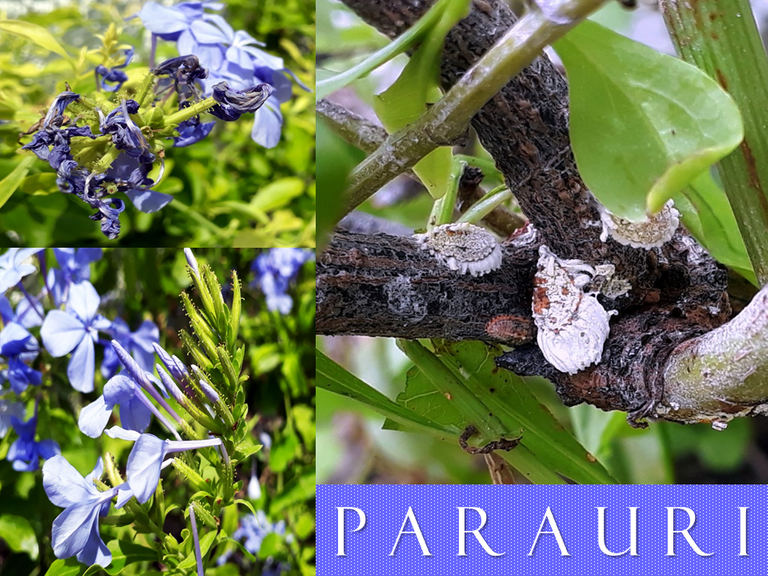
In my grandmother's house there are many medicinal, edible and ornamental or decorative plants and one of my aunts takes special care of the ornamental ones, in fact, if it were up to her in the house there would only be garden plants. My aunt is always watering and pruning them to keep them looking nice, she also makes sure that pests do not attack them and has learned to take care of them with natural repellents.
It is admirable her concern and dedication for the decorative plants but as I already told you, I want to talk about the Plumbago auriculata, a plant with a flower of very delicate appearance and color that I like very much, because it also has many years in my grandmother's house, the truth is that I have seen it since I was a little girl, that is to say that it has several decades but I do not know exactly how old it is. What I do know is that it has given special work to my aunt to cure it of the Cochineal that attacked it but in spite of the plague it maintained some flowers and did not lose its beauty completely, it is incredible.
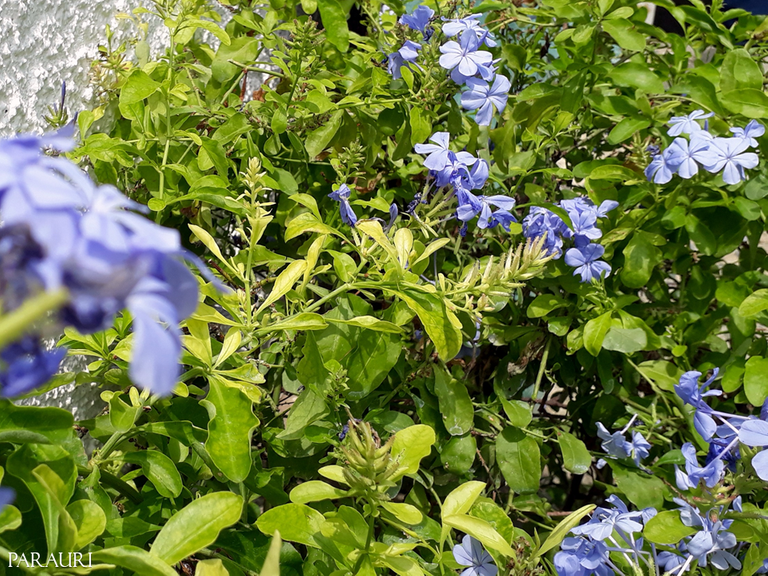
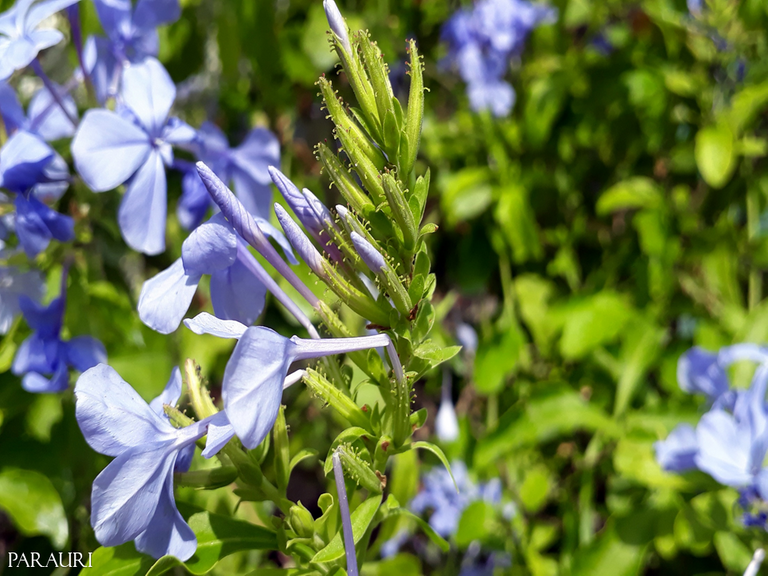
As I am not an expert in these gardening topics I declare myself an ignoramus in identifying the names of pests, including those commonly seen. I do not know their identity, because so far I only manage some basic knowledge that I have learned with my family, who do know about gardening and even agriculture, which I find fascinating. So, I admit that I had to read and do a little research on the mealybug to identify the one I saw at my grandmother's house and I identified it as Cochinilla acanalada or Icerya purchasi.
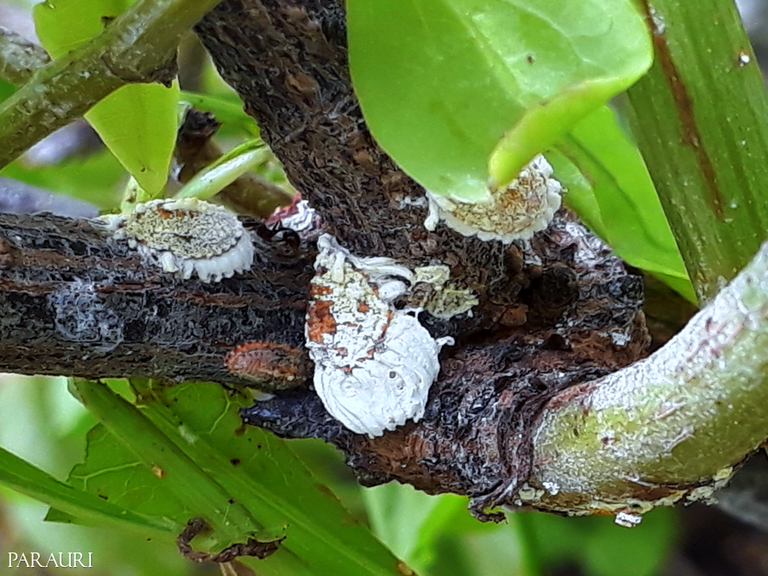
This pest had undermined the plant and when I took the photos my aunt was there taking care of it. She explained to me that it was worse before but that it had been recovering thanks to a natural repellent that she applied and continues to apply to eliminate this pest in the garden that is difficult to eradicate, but that with perseverance it can be eliminated so that it does not kill the plant.
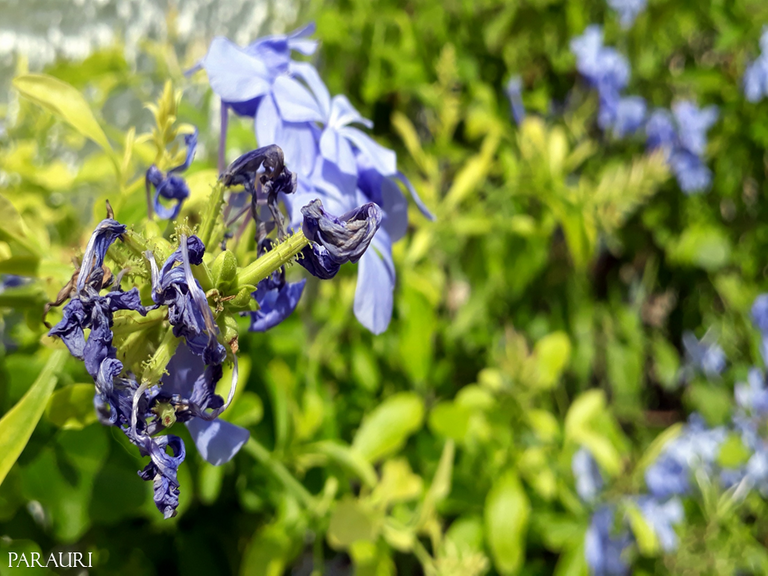
The repellent she has used consists of a very simple mixture that does not harm the plants. My aunt tells me that, in a liter of water she pours a ¼ liter of vinegar and ¼ liter of dishwashing or liquid laundry soap. She uses this mixture twice a day.
In addition, every time he tends to his plant and sees one of these pests, he kills them with his hands. He wastes no time and makes war on all fronts against the chinchilla because if you look carefully you can see hidden those responsible for the evil, although most are dead by spraying with natural repellent but this pest is strong and you must also attack the eggs that are deposited.
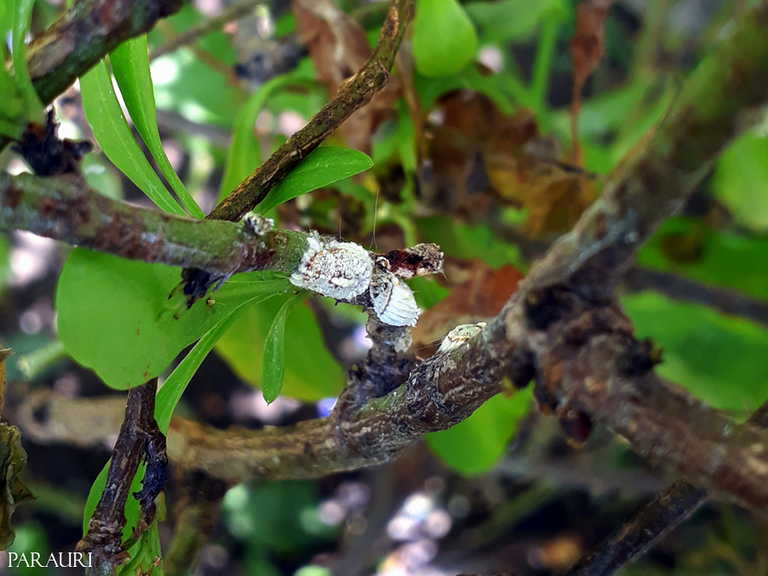
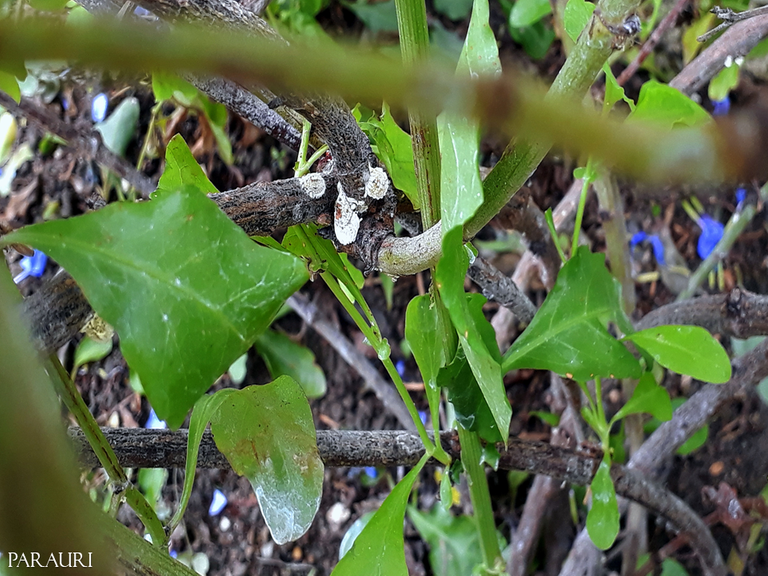
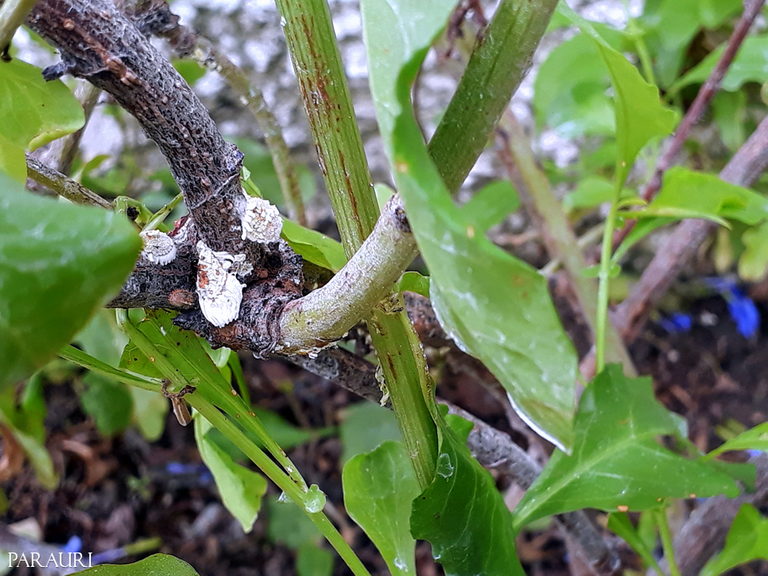
Watching very well I could notice the deterioration of the plant because of the plague that had sick. Of course it is already better, that is to say it was worse. But you could see some branches without flowers, with yellow leaves even though there are also some green ones and you can also see dry stems, lifeless, with dull color, really with an ugly aspect.
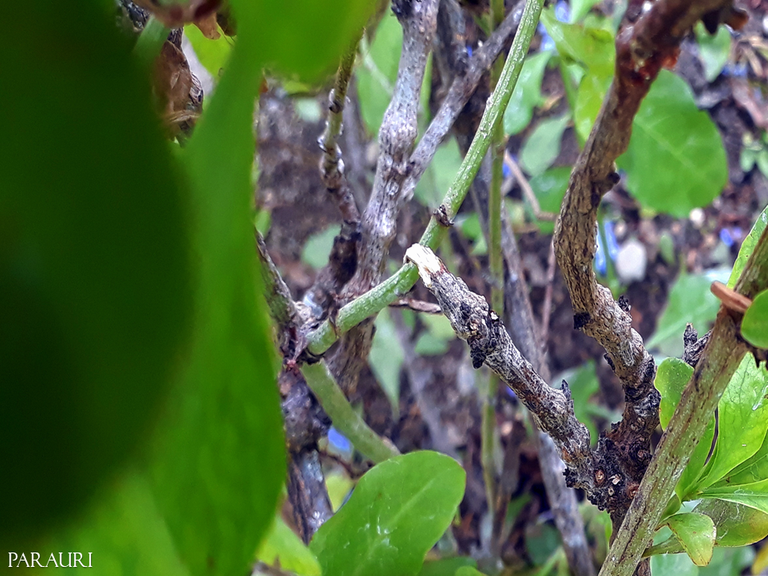
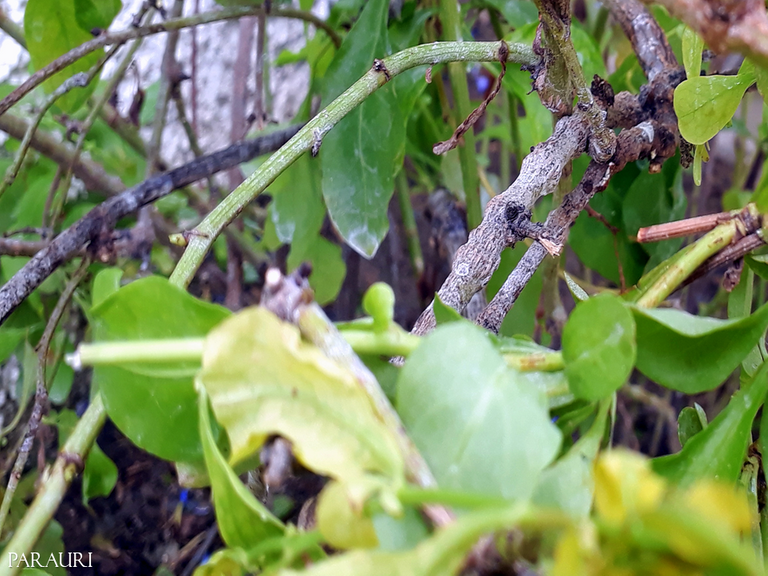
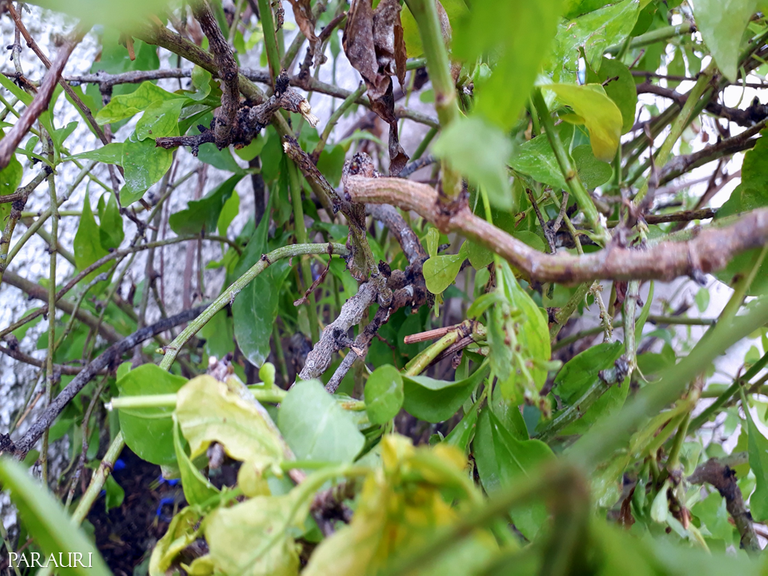
The ribbed mealybug is a tough pest to kill that dries out the plants so my aunt, without giving up, takes care of the Plumbago auriculata, waters it and keeps its roots moist.
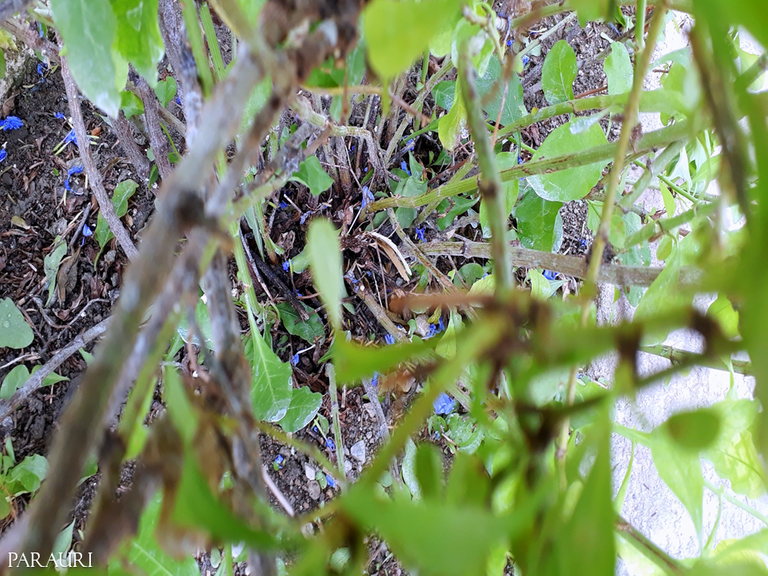
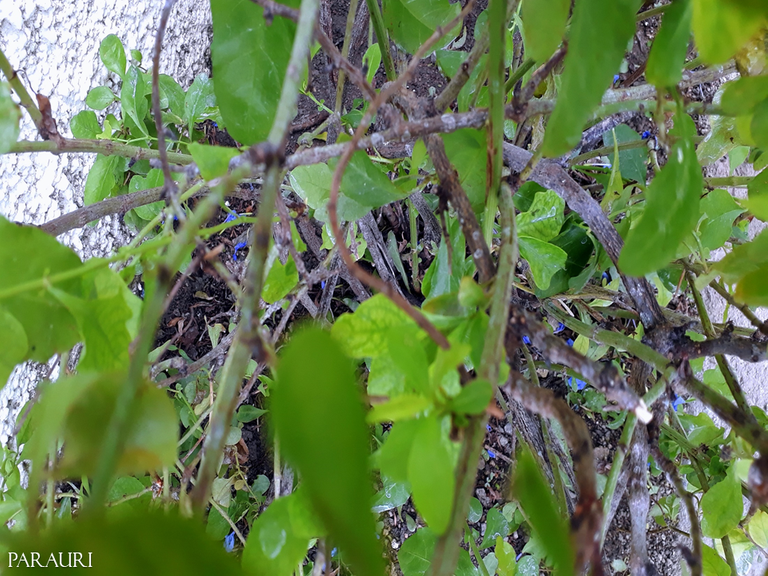
Foliage with few flowers has leaves stained by natural repellent spray but also by the ribbed mealybug pest that is still hiding.
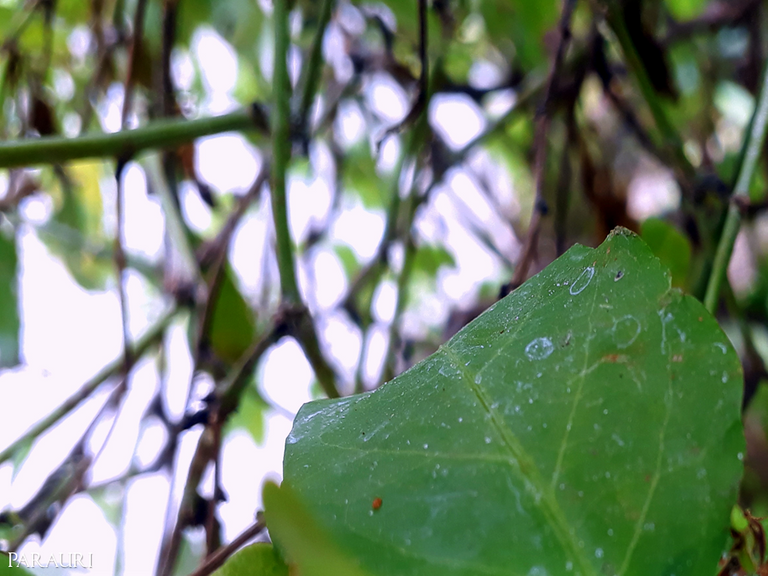
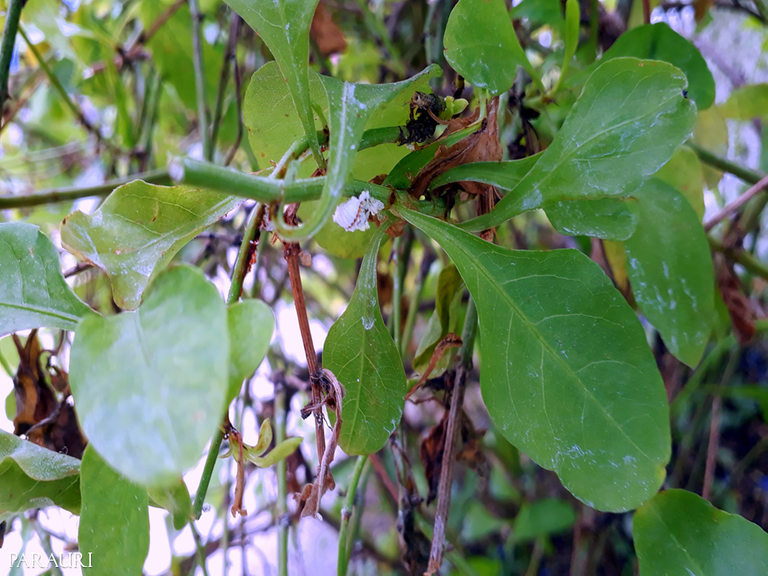

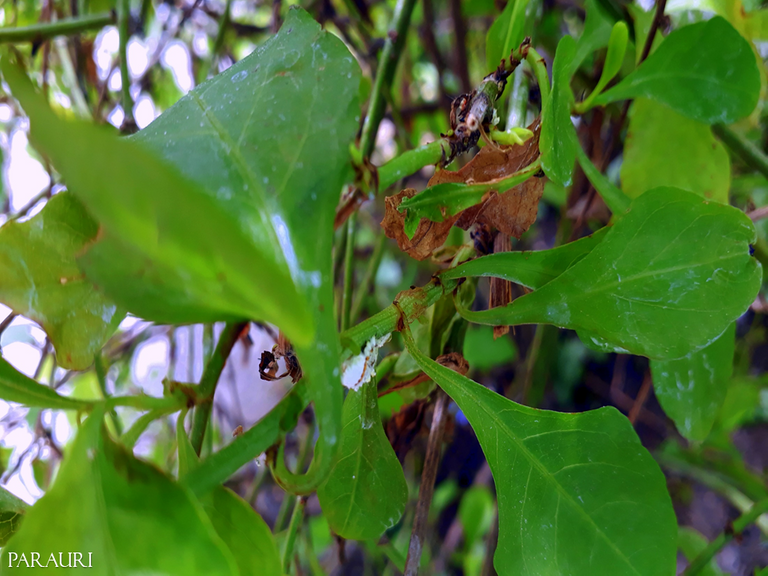

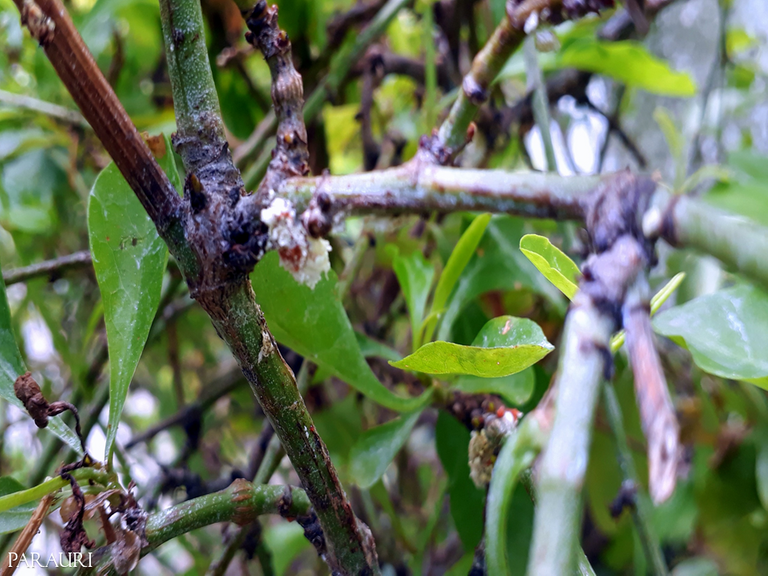
My aunt had done a great job of disinfecting the Plumbago auriculata, gradually removing the mealybug and you can see branches greening up but with the pest marks indicating that further cleaning is needed.
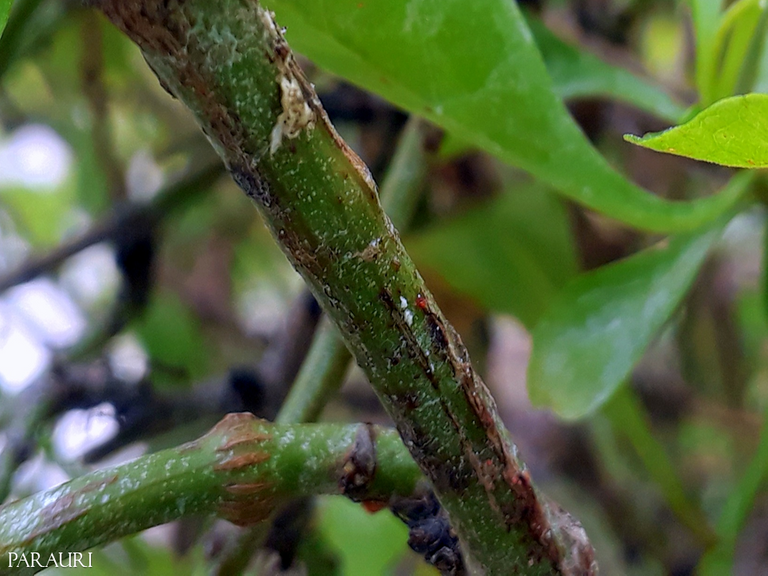
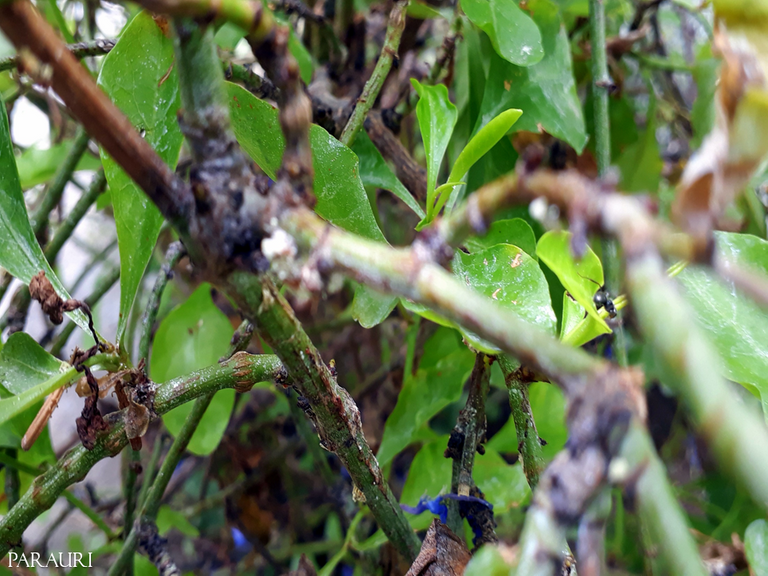
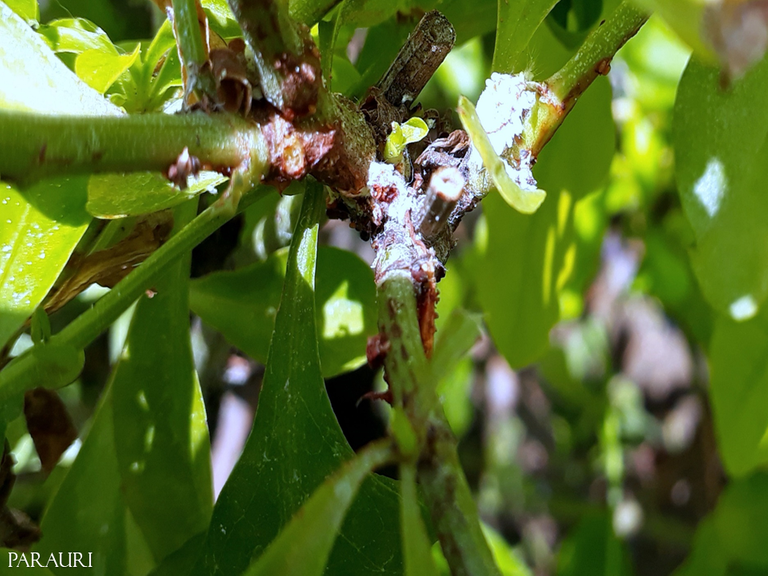
The Fluted Cochineal could be seen, though scarce but it was there sickening my grandmother's Plumbago auriculata or blue jasmine.
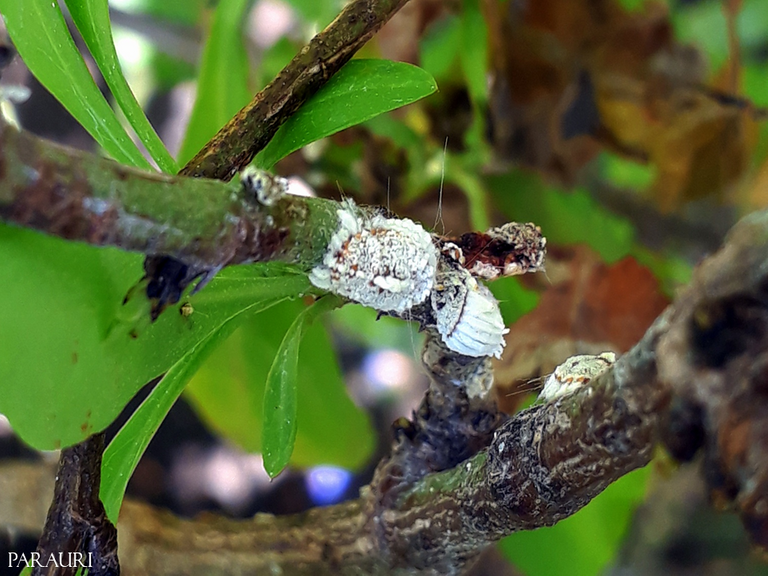

But my aunt's dedication paid off and the Plumbago auriculata healed, blooming with its delicate little blue flowers.
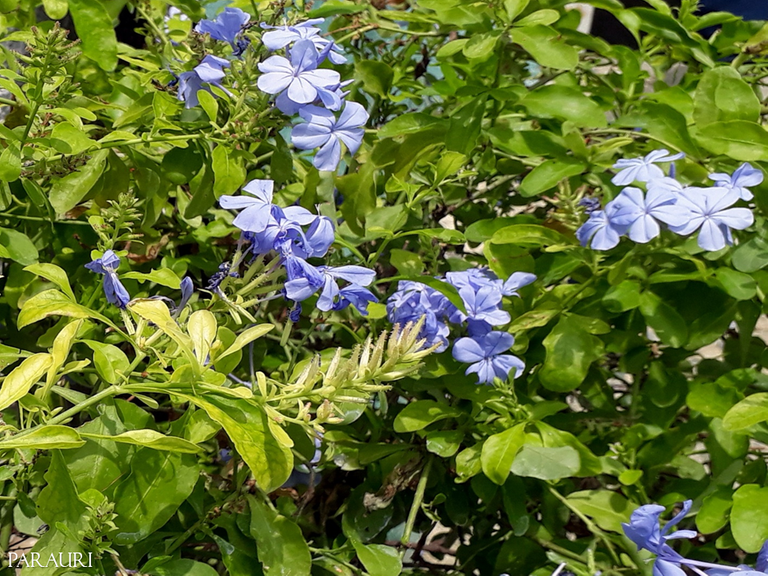
I appreciate the company in this story that I bring with pleasure, because plants are also part of my interest. Some time ago I attended more frequently these topics, especially when I was at home in Venezuela with my small garden that I enjoyed with my soul and gave me material for various publications. If you see @sirenahippie, please tell her to come and read my publication to give me her opinion about the sick plant with Cochineal, which I told her last year :)
From @parauri to the world 💙
Own images - Imágenes propias
I use - Utilizo
CorelDRAW - Illustrator - PowerPoint - PhotoScapeX - Picasa
C/ MUNDO AUTISMO
Twitter

C/Womentribe

C/Holos&Lotus

Join Telegram Holos&Lotus



Saludos amiga @parauri, me encanta tropezar con esta clase de contenido y totalmente de mi interés, ya que soy coleccionista de cactus y suculentas, así como prendedor de jardinería. Y siempre es bueno conocer la historia de otros que han pasado por alguna circunstancia relacionada a nuestros intereses. Actualmente en mi comunidad en el estado sucre Venezuela nos hemos visto super afectados por la lluvias y esto a hecho que está plaga de la cochinilla invada mi jardín hasta el punto de hacerme perder varias especies que no he podido recuperar.
Hola @lorennys lamento que tengas problemas en tu jardín por la Cochinilla, como dije no soy una experta, pero te recomiendo el uso del repelente natural que usa mi tía. Es un litro de agua, mezclada con 1/4 de vinagre y 1/4 de lavaplatos o jabón líquido para lavar la ropa. No le va hacer daño a tu jardín y ya que tus plantas están atacadas severamente por la Cochinilla debes hacerle un tratamiento intensivo. Incluso quitalas con las mano. Espero que puedas eliminar la Cochinilla de tu jardín.
Un abrazo virtual 🙏💙
Gracias por la recomendación lo tomaré en cuenta para eliminar está terrible plaga.
Congratulations!
Your post has been manually curated and reblogged.
You can follow our curation trail on Hive.Vote
If you want to support us and the authors we vote for you can upvote this comment or delegate some Hive Power to our account. Thanks!
Propose a worthy post by mentioning us in the post or in a comment.
We reblog curated posts, follow us if you wish to see them in your feed.
Thanks very much @curatore
A hug 🙏💙
Hi @parauri
Mealybugs, (in any of its species), are a plague to be feared, because once it settles it is super difficult to eliminate it. I hope your aunt can save her plant and completely eradicate this pest, preventing infestations in other areas of her garden. It would be good for her to check the roots of the plant, they tend to entrench themselves there and make the plant sick again.
A big greeting and thank you very much for naming me in this post.
Hello @sirenahippie, it is a great pleasure to welcome you. Yes, Cochineal is a strong and persistent pest. I am going to tell my aunt what you say about the roots. She is always active tending the garden, taking care of it. Thank you so much for all the good guidance you always provide. I appreciate it very much.
A big hug 🙏💙
You've been curated by @plantpoweronhive! Delegations welcome!
Thanks very much @plantpoweronhive
A virtual hug 🙏💙